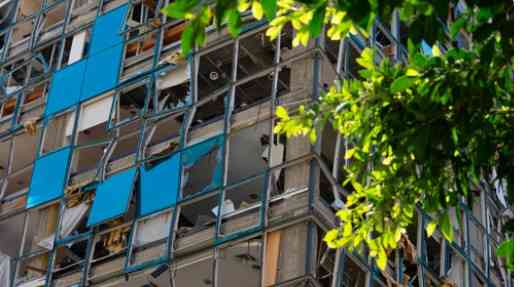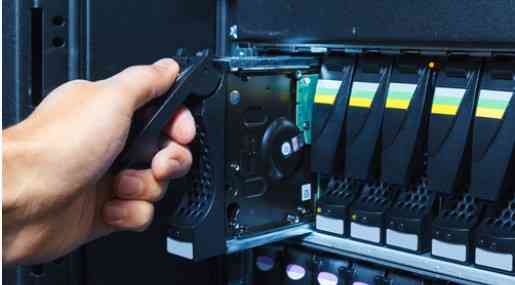Disaster Recovery
Overview
Disaster Recovery is the restoration of systems to a given point in time when the systems were functioning within an acceptable loss of data or functionality Company policies dictate the specific aspects of the recovery process such as system priorities, maximum thresholds of loss, and maximum time to operational readiness.
Disaster Recovery includes both business processes and technology. Technology recovery can occur at different levels: applications, systems, and data.
Applications can be restored on server systems for access through local or virtual infrastructures. Applications can also stream core application code from a centralized system with the presentation of the application on the guest device. Local resources such as printers, drives, and other network resources are available to the guest device. In either case, applications can be reinstated individually or as part of a whole system restoration.
Systems, which can include various server types, can be restored through the use of backups taken prior to the outage.
Finally, the data is the information that either the applications or systems access. It too can be restored from backup at a point in time before the outage.

Let’s Unpack That
- RTO — The recovery time objective (RTO) is the maximum tolerable length of time that a computer, system, network, or application can be down after a failure or disaster occurs. For example, if the RTO for a given application is one-hour, redundant data backup on external hard drives may be the best solution.
- RPO — A Recovery Point Objective (RPO) is defined by business continuity planning. It is the maximum targeted period in which data (transactions) might be lost from an IT service due to a major incident.
- BCDR Plan — BCDR stands for Business Continuity / Disaster Recovery. The role of BCDR is to minimize the effects of outages and disruptions on business operations. Developing such a strategy is a complex process that involves conducting a business impact analysis (BIA) and risk analysis as well as developing BCDR plans, tests, exercises, and training.
- Backup vs DRaaS — There’s an important distinction between backup and disaster recovery. Backup is the process of making an extra copy (or multiple copies) of data. Disaster recovery, on the other hand, refers to the plan and processes for quickly reestablishing access to applications, data, and IT resources after an outage.
Why Choose Disaster Recovery?
- Without a DR Plan, a company could potentially be reset to day one in the event of a disaster.
- Lost sales will inevitably impact revenue.
- An inability to serve customers will lead to mistrust, and potentially decrease the number of current or recurring customers.
- Employee non-productivity costs will be incurred.

Why Work With Us?

With all of the potential risks that face your company’s mission-critical business applications, a Disaster Recovery Plan is essential. No two environments are identical, and time and again our clients face the challenge of maintaining a secondary environment with limited staff. They are also tasked with identifying and choosing the right DRaaS Partner, sifting through an endless supply of vendors that can provide these services. Similar to customer work environments, DRaaS vendors often vary.
We have collaborated with our clients to understand their goals and develop a thorough Disaster Recovery Plan. Our clients will be prepared to identify the appropriate suppliers to bring them closer to achieving their disaster recovery goals. Our company has teamed up with several leading suppliers in the DR industry, with the sole aim of making this initiative a simple process for you and your team.
Is Disaster Recovery Right for My Organization?
A Disaster Recovery plan is essential for any company that would be negatively impacted if it could not open its doors for an extended period of time.
To quantify this, consider the economic impact that an hour of downtime can mean for your business. How much revenue will your company lose if your clients cannot get to your mission critical systems?

Things to Consider
Building out a proper Business Continuity and Disaster Recovery Plan can be expensive and complicated. There is a lot to consider:
- What replication solution will work for my environment?
- What should I set my RTO and RPO’s to?
- Who is responsible for turning up my environment if a disaster does occur?
- Can my company afford to be down for an extended period of time?
Frequently Asked Questions
RTO (Recovery Time Objective) is how long between the time the disaster occurs and when systems are up and accessible again. RPO is the time between the last backup when data can be restored and when the disaster occurs.
Office documents | Images | Videos | Sound files | Databases | Data that requires regulatory control measures like PCI, HIPPA, or other
Yes, we have a connection with cloud provider X. or No, we don’t have a current connection to a cloud provider.
VMWare | Hyper-V | XenServer | KVM | Other